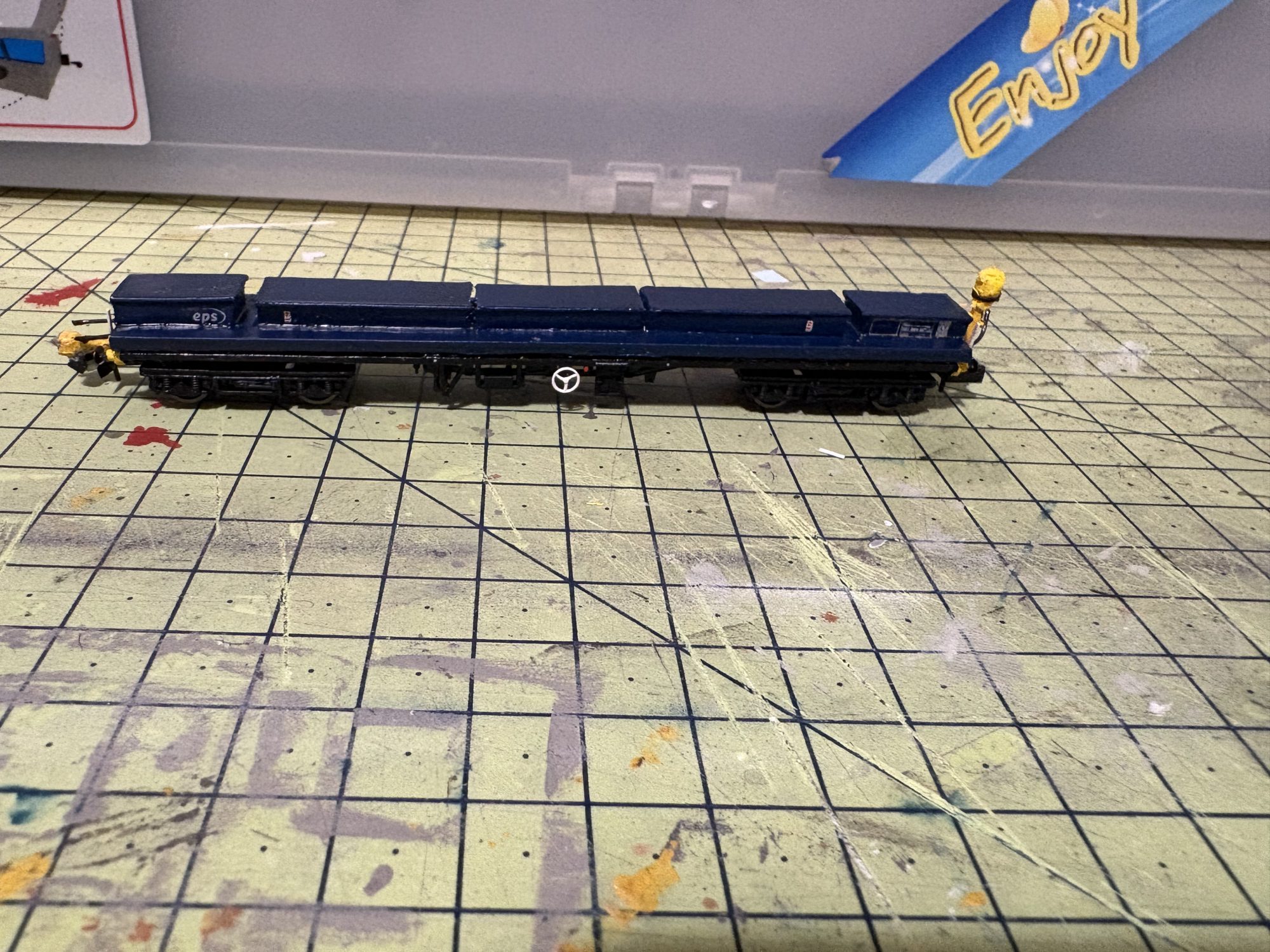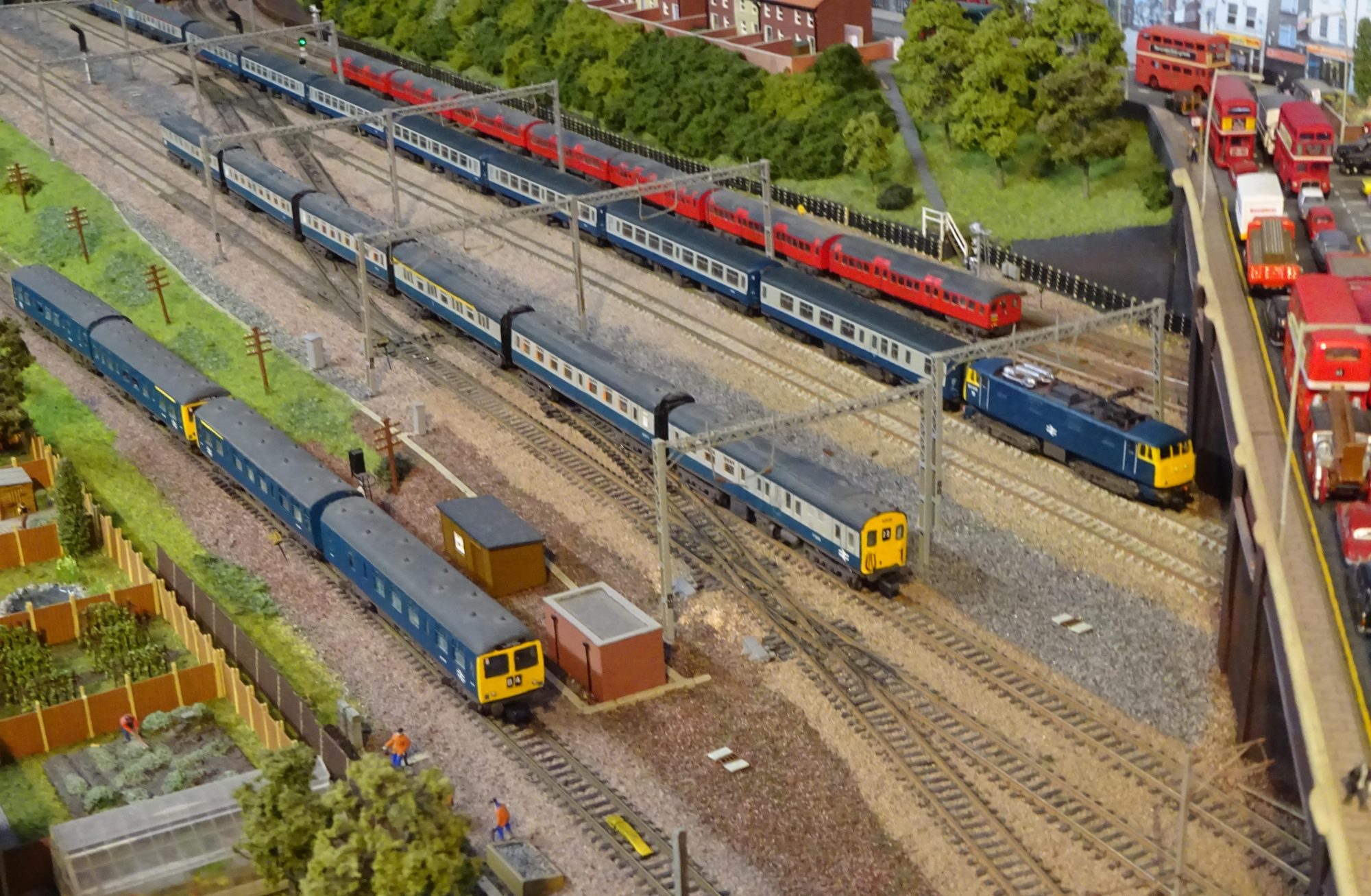- Welcome to N Gauge Forum.
Recent posts #21
General Discussion / Re: Where is everybody??Last post by Graham - Today at 02:51:39 AMLike others I am on here most days, tend to post only if I can add something complimentary over and above the like/love icons. or disagree with something written.
Now Mid Albion is complete I am starting to think about my own layout which lay dormant for almost 2yrs, and whilst I am now running again, I am seriously looking to rebuild, and once that starts will post a lot more. I do look at the Face Ache page every morning as well just to see what's going on there. #22
General Discussion / Re: The angry threadLast post by Graham - Today at 02:34:31 AMOf course you are not alone with complaining about Royal Mail, downunder we also complain about Australia Post.
E.G. I have just received 2 parcels from the UK (Kernow and YouChoos) both of which at 8am this morning the tracking system of both RM and AP were telling me were still in the UK awaiting a flight to Aus. They must have the fastest planes available to get them from London to my front door in 4hrs. As for being refused a job because of being a communist, think about it, we were in the midst of the cold war. No way was anyone going to get a job in an organisation which could involve touching national secrets. #23
General Discussion / Re: Where is everybody??Last post by Bigmac - Yesterday at 11:05:52 PMshall i start a new Ebay thread just to liven it up a bit ?
#24
General Discussion / Re: Where is everybody??Last post by PLD - Yesterday at 09:51:13 PMAnd ironically, this is now the busiest thread of the last week!!
 I don't mind a bit less quantity, so long as the quality is still there, and if I've nothing to add to the thread I don't tend to post, unlike some who seem to have a compulsion to post something, even if it takes them a lot of words to say little  #25
General Discussion / Re: Where is everybody??Last post by AndyRA - Yesterday at 09:44:16 PM #26
General Discussion / Re: Where is everybody??Last post by Skyline2uk - Yesterday at 09:31:05 PMI am on here every day but lately not found much to get involved in. There used to be a couple of layouts I was keenly following but they have dropped off the radar.
Thankfully John ( @Trainfish ) still posts ref his excellent Longcroft fairly often. Myself I have long since put my layout into storage and failed to start an exhibition replacement. These days I tend to do wagon kits and decal work, both for myself and others. I confess to some laziness as well, as I could write up my projects, but that means firing the laptop, whereas Faceache is just about ok on my mobile. I do have one recently fished project in the form of my AYA barrier, which somebody has twisted my arm to do a NGS Journal entry for:  Plus I have a T-Trax module nearing completion (also sneak peak in the newsletter of the most recent journal), but I am saving that for when it's actually finished. All in all, it's time and motivation after everything else the day demands that prevents me really throwing myself back into long form forum posts. Skyline2uk #27
General Discussion / Re: Where is everybody??Last post by JanW - Yesterday at 09:17:29 PMI'm here every day but don't post often, probably because progress on the layout and stock is very slow.
I also started a small hO Inglenook layout in the summer holiday as a 'quicky' but it still isn't finished  When I start work on the N gauge layouts I will post some updates every now and then! I never fail to check posts on Newton Kyme, many thanks @Nbodger for sharing your work with us  And many others of course! Jan #28
General Discussion / Re: Where is everybody??Last post by Bealman - Yesterday at 08:46:23 PMI don't mind it being quiet on here lately - less work for the mods
 #29
General Discussion / Re: Where is everybody??Last post by maridunian - Yesterday at 08:36:45 PMI've been busy with other stuff too, just checking in to keep up with threads.
The other stuff mostly revolves around singing in choirs, which I guess I could find a group to post on, but have been too busy to even do that, let alone any modelling. But as Arnie said, "I'll be back...!" Mike #30
General Discussion / Re: Where is everybody??Last post by ntpntpntp - Yesterday at 08:23:46 PMQuote from: thebrighton on Yesterday at 04:58:09 PMI'm not a fan of FB in this instance as after a couple of days you'll never find the post again as there's no search facility like there is here. Actually there is a search tool for Facebook groups (the usual magnifying glass icon). I sometimes suggest people try it to find previous discussions about a commonly asked question, to save people having to repeat their standard answers over and over.  | Please Support Us!
December Goal:
£120.00 Due Date: Dec 31 Total Receipts: £34.56 Below Goal: £85.44 Site Currency: GBP 29% December Donations |






